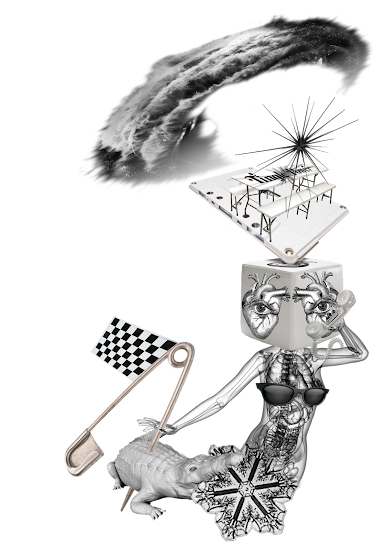“Scientology propaganda?” my wife replied. Although I’d formed my own answer even before I asked for everyone’s opinion—I was already glad I asked because: I’d never have come up with an answer as funny as hers and this was a chance to test some conversation rules (How To Converse, Rule of Thumb #3: Ask Questions; Don’t Make Statements).
Thinking of ROT#3 nudged me to keep the ask-balloon floating, “Is clear what Scientologists want to accomplish?—or is it a term used by people who’ve escaped them?”
She said, “I’m confused; I don’t know how it could be an ex-cult-member term.”
“Unfortunately, I only know about the title Going Clear, which is wedged in my memory without a film or book behind it; so, my imagination has filled that space with an ex-cult-member (How To Converse, ROT#2: Mirror Their Words; Mirror Their Posture”) saying the phrase: ‘I need to get clear of these asshats before they serve Kool-Aid aperitifs’.
“Ahh, OK” she said with a smirk in the back of her voice, “Clear, as I understand it, refers to their belief that people can rid themselves of engrams, which is their term for unconscious traumatic memories, by holding the sweat-measuring part of a lie detector while being interviewed.”
Since she didn’t seem to want to elaborate and nobody else was chiming in, I decided to steer the conversation toward more familiar ground (How To Converse, ROT#5: Plot a Familiar Course) by asking, “Are engrams anything like ‘dust’ in Phillip Pullman’s His Dark Materials?”
“I can see a similarity—the magisterium thought dust was related to original sin and scientologists think engrams are from trauma, which occur in past lives.”
My friend, Brian, was becoming uncomfortable (probably not a fan of the topic: reincarnation), so I asked for his opinion, “Hey Brian, what do you think that KEEP CLEAR stencil with yellow side-circles means?”
“Maybe it’s just the equivalent of ‘Post No Bills’ since it is on an outdoor bulletin board. I’m pretty sure it would, normally, have fishing regulations and notices for docking boats stapled to it, but because the lake is beginning to freeze-over, all that's been removed for the year.”
I said, as I turned toward Sharon, Brian’s wife, “Interesting! He thinks it was intentionally put there by the park.” Then, nodding toward my wife (who'd walked away from us and closer to the sign), “She thinks it was put there by a graffiti-artist. What do you think?” (How To Converse, ROT#6: Stir the Pot).
Sharon replied, “I’m leaning toward put there by the park but, instead of ‘Post No Bills,’ I think it’s more likely it’s intended to prevent people from blocking the view of the board; more than no standing and no parking, I think it's to say: ‘don’t leave your big-ass trailer in front of here’ - but you’re smiling in a knowing way that makes me think it's time to hear what you think.”
“Ever seen the movie The Fifth Element?” I asked. After noticing everyone’s reply (to the affirmative) I continued, “The scene where police arrive at Bruce Willis’s apartment building and he’s required to put his hands against an interior wall…? Inside two yellow circles? Anyone? Anyone?”




















































